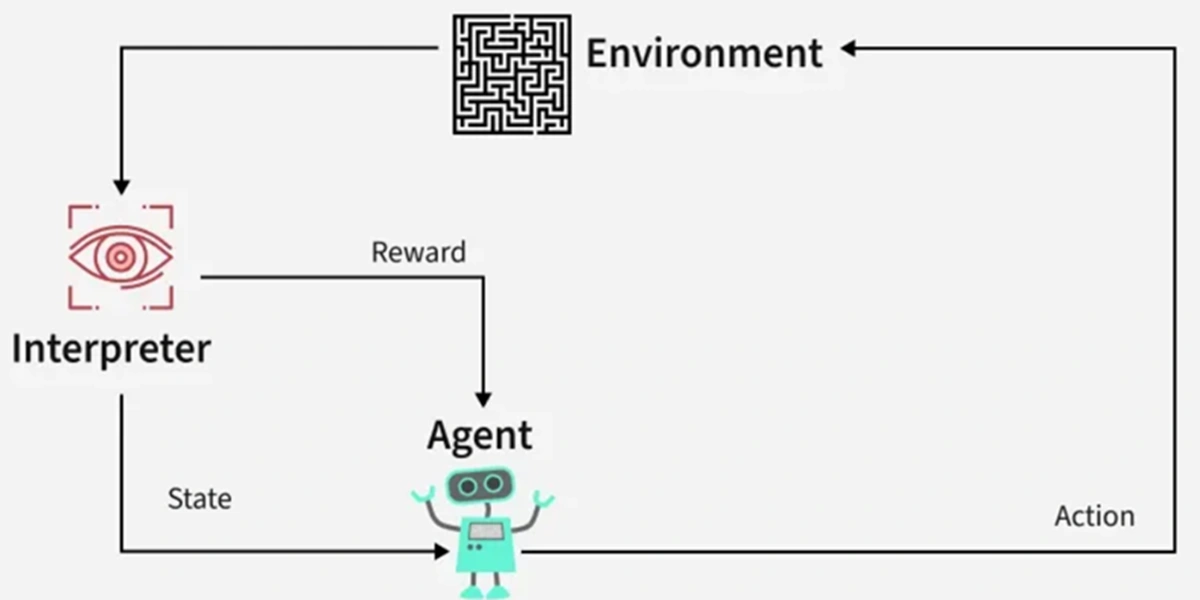Dynamic memory allocation array in c. memory is allocated at compile time. memory is allocated at run time.
Problem with Array
Sometimes
- Amount of data cannot be predicted beforehand
- Number of data items keeps changing during program execution
- Example: Search for an element in an array of N elements
- One solution: find the maximum possible value of N and allocate an array of N elements
- Wasteful of memory space, as N may be much smaller in some executions
- Example: maximum value of N may be 10,000, but a particular run may need to search only among 100 elements
- Using array of size 10,000 always wastes memory in most cases
Dynamic memory allocation
- Know how much memory is needed after the program is run
- Example: ask the user to enter from keyboard
- Dynamically allocate only the amount of memory needed
- C provides functions to dynamically allocate memory
- malloc, calloc, realloc
Memory Allocation Functions
- malloc – Allocates requested number of bytes and returns a pointer to the first byte of the allocated space
- calloc – Allocates space for an array of elements, initializes them to zero and then returns a pointer to the memory.
- free – Frees previously allocated space.
- Dynamic memory allocation array in C
- realloc – Modifies the size of previously allocated space.
- We will only do malloc and free.
Allocating a Block of Memory
- A block of memory can be allocated using the function malloc
- Reserves a block of memory of specified size and returns a pointer of type void
- The return pointer can be type-casted to any pointer type
General format:
type *p;
p = (type *) malloc (byte_size);
Example
- p = (int *) malloc(100 * sizeof(int));
- A memory space equivalent to 100 times the size of an int bytes is reserved
- The address of the first byte of the allocated memory is assigned to the pointer p of type int
Contd.
cptr = (char *) malloc (20);
Allocates 20 bytes of space for the pointer cptr of type char
sptr = (struct stud *) malloc(10*sizeof(struct stud));
Allocates space for a structure array of 10 elements. sptr points to a structure element of type struct stud
Always use sizeof operator to find number of bytes for a data type, as it can vary from machine to machine.
Points to Note
malloc always allocates a block of contiguous bytes
The allocation can fail if sufficient contiguous memory space is not available
If it fails, malloc returns NULL
if ((p = (int *) malloc(100 * sizeof(int))) == NULL)
{
printf (“\n Memory cannot be allocated”);
exit();
}
Using the malloc’d Array
Once the memory is allocated, it can be used with pointers, or with array notation
Example:
int *p, n, i;
scanf(“%d”, &n);
p = (int *) malloc (n * sizeof(int));
for (i=0; i<n; ++i)
scanf(“%d”, &p[i]);
The n integers allocated can be accessed as *p, *(p+1), *(p+2),…, *(p+n-1) or just as p[0], p[1], p[2], …,p[n-1]
Releasing the Allocated Space: free
An allocated block can be returned to the system for future use by using the free function
General syntax:
free (ptr);
where ptr is a pointer to a memory block which has been previously created using malloc
Note that no size needs to be mentioned for the allocated block, the system remembers it for each pointer returned
Can we allocate only arrays?
- malloc can be used to allocate memory for single variables also
- p = (int *) malloc (sizeof(int));
- Allocates space for a single int, which can be accessed as *p
- Single variable allocations are just special case of array allocations
- Array with only one element
malloc( )-ing array of structures
typedef struct{
char name[20];
int roll;
float SGPA[8], CGPA;
} person;
void main()
{
person *student;
int i,j,n;
scanf(“%d”, &n);
student = (person *)malloc(n*sizeof(person));
for (i=0; i<n; i++) {
scanf(“%s”, student[i].name);
scanf(“%d”, &student[i].roll);
for(j=0;j<8;j++) scanf(“%f”, &student[i].SGPA[j]);
scanf(“%f”, &student[i].CGPA);
}
}
| Read More Topics |
| The Open System Interconnection (OSI) Model |
| Carrier Sense Multiple Access with Collision Avoidance |
| Carrier Sense Multiple Access with Collision Detection |
| ALOHA in Computer Network |







